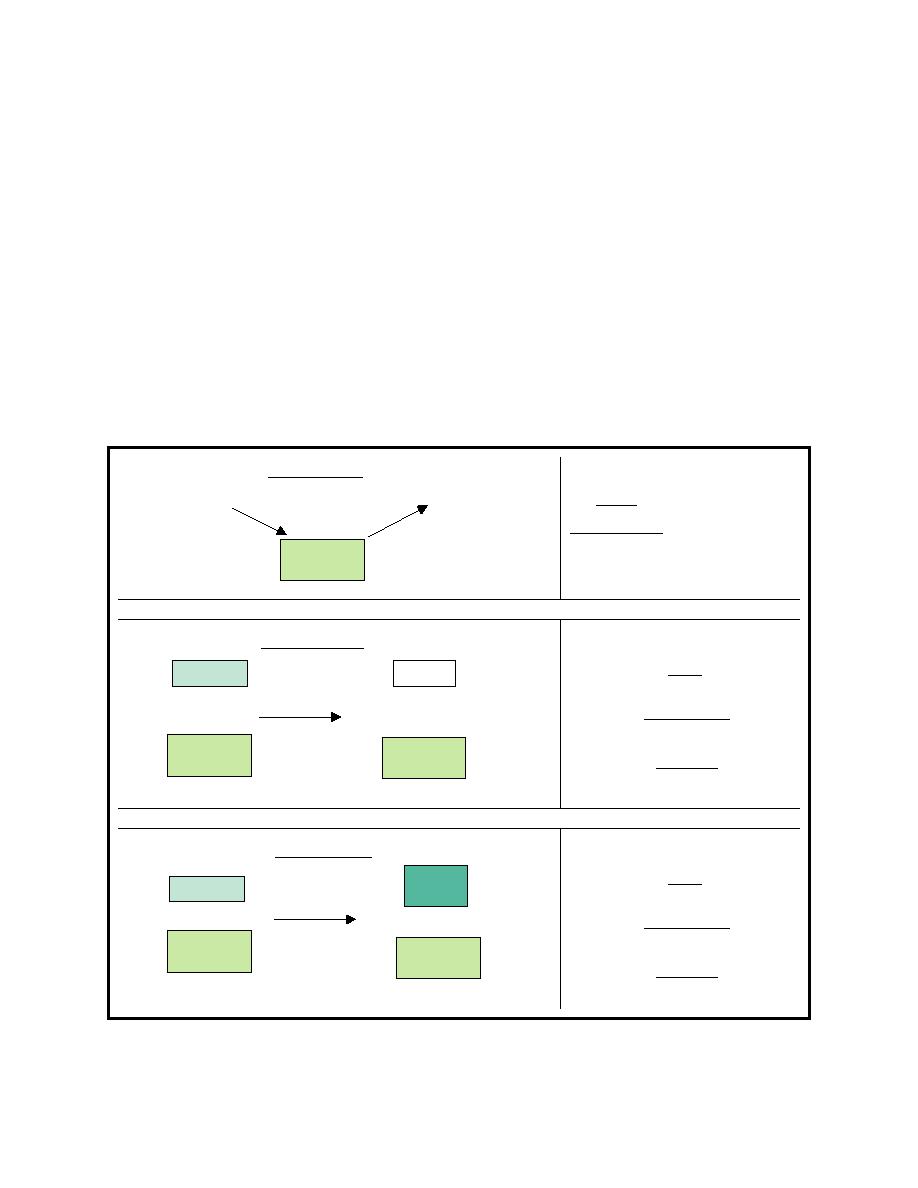 |
||
|
|
||
|
Page Title:
Figure 4. Common endpoints for cell-based assays |
||
| |||||||||||||||
|
|
 ERDC TN-DOER-C19
December 2000
compounds of interest is endocrine disrupters; various cell-based assays already exist for mamma-
lian and invertebrate endocrine disrupters (Routledge and Sumpter 1996; Oberdorster et al. 1999).
By using gene-splicing techniques, it is possible to develop reporter gene systems in which different
receptor-ligand interactions trigger the production of different reporter genes. There are many gene
products that offer simple assays that can be adapted to produce inexpensive, sensitive, and rapid as-
says. One of the original reporter gene assays, chloramphenicol acetyl transferase (CAT), is based
on comparison of acetylated and nonacetylated products of a radiolabelled substrate. For the most
part, this system has been replaced by nonradiolabelled assays that depend on fluorescent, lumines-
cent, or colorimetric endpoints (Figure 4). Each of these endpoints is detected in a different manner.
In fluorescence detection the reporter genes produce a protein that absorbs light at one frequency and
emits it at a different frequency. In contrast, protein products of luminescent reporter genes produce
light via an enzymatically catalyzed chemical reaction when provided an appropriate substrate.
Colorimetric assays also require the addition of appropriate substrates, which produce highly col-
ored products via the reaction catalyzed by the reporter gene product. Due to the differences in how
Fluorescent
EXAMPLES
Genes: ECFP, EGFP, EYFP
Excitation
Emission
Gene products: (Fluorescent proteins)
Cyan: ex.= 433/ em=475 nm
GENE
green: ex.= 488/ em=507 nm
PRODUCT
yellow: ex.= 513/ em=527 nm
EXAMPLE
Luminescent
Gene:
Substrate
product
Luc
+
LIGHT
Gene product:
+
Firefly Luciferase
GENE
GENE
Substrate:
PRODUCT
PRODUCT
luciferin
EXAMPLE
Colorimetric
Gene:
colored
Substrate
lacZ
product
+
Gene product:
+
b-galactosidase
GENE
GENE
PRODUCT
PRODUCT
Substrate:
X-gal (forms intense blue color)
Figure 4. Common endpoints for cell-based assays
5
|
|
Privacy Statement - Press Release - Copyright Information. - Contact Us - Support Integrated Publishing |